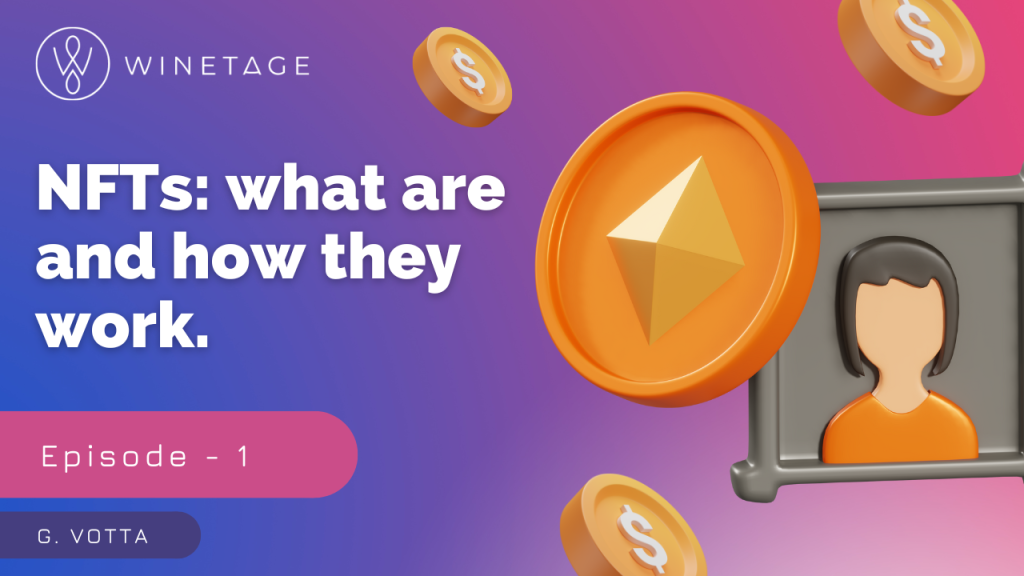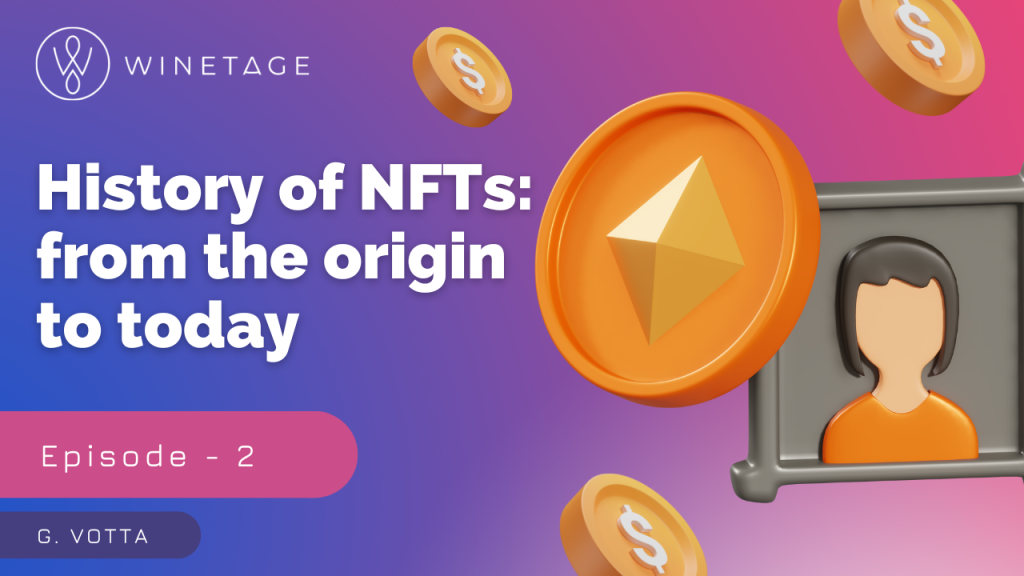
What Are NFTs and How Do They Work?
Non-Fungible Tokens (NFTs) are taking the world by storm, revolutionizing the way people think about digital art, collectibles, and ownership. In essence, an NFT is a unique digital asset that represents ownership or proof of authenticity of a specific piece of digital content, such as images, videos, music, or other creative works.
The term “non-fungible” refers to the fact that NFTs are not interchangeable or mutually interchangeable. Unlike money or other fungible assets, each NFT is unique and irreplaceable, with its value based on its rarity, desirability, and demand in the market.
So how do NFTs work, and why are they suddenly so popular? In short, NFTs work by leveraging blockchain technology to create a secure and verifiable digital record of ownership. Blockchain is a decentralized, digital ledger that records transactions and verifies ownership without the need for a central authority, such as a bank or government.
When an NFT is created, it is minted on a blockchain, such as Ethereum, which creates a unique digital certificate of ownership for that asset. The certificate includes information such as the owner’s address, the date and time of creation, and a unique identifier for the asset.
Once the NFT is created, it can be bought, sold, or traded on various NFT marketplaces, such as OpenSea, Rarible, or Nifty Gateway. Buyers can bid on the NFT or purchase it outright, and once the transaction is complete, ownership is transferred to the new owner via the blockchain.
One of the most significant benefits of NFTs is that they allow creators to monetize their digital content in new and exciting ways. For example, a digital artist can create an NFT of their artwork and sell it for a price that reflects its rarity and demand in the market. The artist can also set a percentage of the sale as a royalty, which means that they will continue to earn income every time the NFT is sold in the future.
NFTs have become incredibly popular in recent years, with several high-profile sales making headlines around the world. For example, in March 2021, a digital artwork by artist Beeple sold for a record-breaking $69 million, making it the most expensive NFT ever sold.
In conclusion, NFTs are a revolutionary new way to own and trade digital assets, offering a secure and verifiable way to authenticate ownership and value. While they are still a relatively new technology, their popularity shows no signs of slowing down, and it’s likely that we will continue to see new and innovative uses for NFTs in the years to come.




Commenta